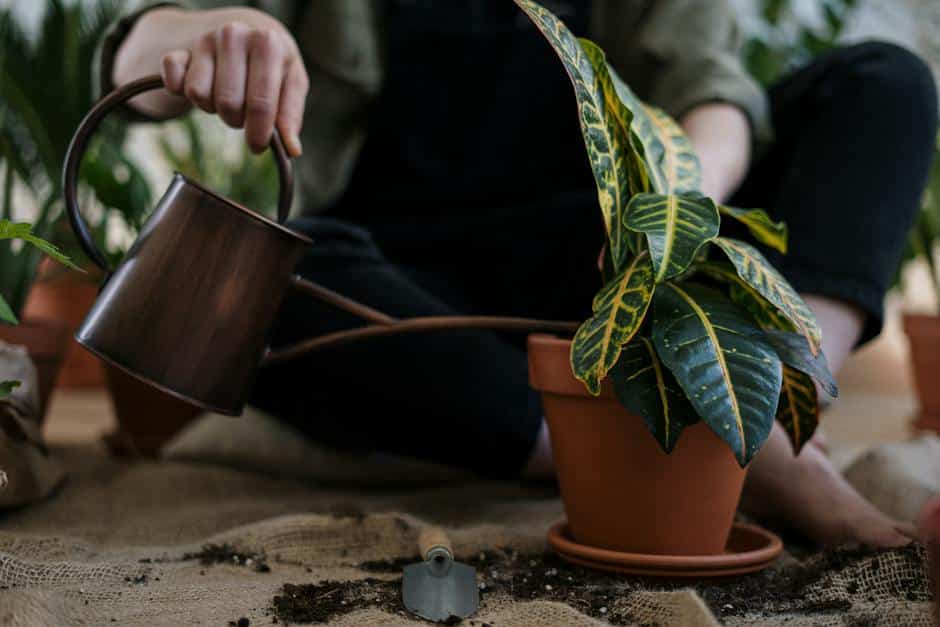How to Make Raised Garden Boxes Yourself
If you’re looking to start a garden but don’t have much space or want to protect your plants from pests, building raised garden boxes can be a great solution. Not only do raised garden boxes allow you to control the soil quality and drainage, but they also make gardening more accessible and can enhance the overall aesthetic of your outdoor space. In this article, we will provide you with step-by-step instructions on how to make raised garden boxes yourself, along with tips and recommendations for materials and design.
Determining Location and Size
The first step in building raised garden boxes is to determine the location and size of your beds. Consider the amount of sunlight, wind exposure, and accessibility to a water source. Ideally, your garden boxes should receive at least six hours of direct sunlight each day. Once you have chosen the location, measure the available space and decide on the size of your beds. The recommended depth for raised garden beds is at least 6 inches, or 10 to 12 inches if you plan to build them over concrete or stone. The width of the beds should allow easy access to the middle without stepping on the soil, typically around 4 feet.
Choosing Materials
When it comes to materials for raised garden boxes, there are several options to consider. Untreated wood, such as cedar, is a popular choice due to its durability and resistance to rot. Other materials like pressure-treated wood, cinder blocks, chimney tiles, and PVC pipes can also be used depending on your preference and budget. It’s important to note that if you choose to use pressure-treated wood, make sure it is labeled as safe for vegetable gardening. Additionally, consider adding posts for extra stability, especially for larger garden boxes.
Designing the Beds
Before you start building, you may want to think about the overall design of your raised garden beds. Some gardeners stake the beds in the ground for added stability, while others prefer to build freestanding boxes. You can also add a rim around the top of the beds for a more stylish look and create a ledge to sit on while tending to your plants. The design options are endless, so feel free to get creative and customize your garden boxes to suit your preferences and outdoor space.
Building the Beds
Once you have determined the location, size, and materials for your raised garden boxes, it’s time to start building. Here’s a step-by-step guide:
- Cut the boards to the desired size using a circular saw or miter saw. Make sure to wear proper safety gear and follow the manufacturer’s instructions.
- Drill pilot holes in the boards to prevent splitting, and then screw them together to form the walls of the garden boxes. Ensure that the angles are square and everything is level.
- If you are using corner brackets, attach them to secure the boards together and provide additional stability.
- If desired, add the rim around the top of the beds and create a ledge for sitting.
- Place the completed garden boxes in the chosen location and make sure they are level.
Filling the Beds
After building the garden boxes, it’s time to fill them with soil. Start by layering a compostable material like cardboard or newspaper soaked in water at the bottom of the beds to smother any existing grass or weeds. This will also help with water retention. Next, add a mixture of compost and nutrient-rich soil, especially if you plan to grow vegetables. The amount of soil needed can be calculated using the formula length x width x depth. Make sure to leave enough room at the top of the beds for planting.
Planting and Maintenance
With your raised garden boxes built and filled with soil, you are now ready to start planting. Choose a variety of plants that thrive in your climate and match your gardening goals. Remember to water your garden regularly, especially during dry periods, and provide any necessary support or trellises for climbing plants. Weeding and mulching are also important tasks to keep your garden beds healthy and productive.
Conclusion
Building raised garden boxes is a rewarding and practical way to start your own garden. By following these step-by-step instructions and considering the location, size, materials, and design of your beds, you can create a customized gardening space that suits your needs and enhances your outdoor area. Get creative, experiment with different plants, and enjoy the process of growing your own food or creating a beautiful flower garden.
Related Websites:
FAQs:
Q: What are the advantages of using raised garden boxes?
Raised garden boxes provide better control over soil quality, drainage, and weed prevention. They also make gardening more accessible for individuals with physical limitations.
Q: What materials do I need to build raised garden boxes?
To build raised garden boxes, you’ll need materials such as lumber, screws, weed fabric, and compost. These materials ensure durability and proper drainage for your garden boxes.
Q: How can building my own garden boxes save me money?
Building your own garden boxes can save you money compared to purchasing pre-made ones because you can choose cost-effective materials and customize the size and design to fit your budget.
Q: What are common mistakes to avoid when building and maintaining raised garden boxes?
Common mistakes to avoid include using untreated wood that may rot over time, not providing proper drainage, and neglecting regular maintenance such as weeding and watering.
Q: How do I select the right soil and suitable plants for my raised garden boxes?
Select soil that is rich in nutrients and well-draining. Consider the sunlight requirements and growth habits of plants to choose suitable ones for your raised garden boxes.






